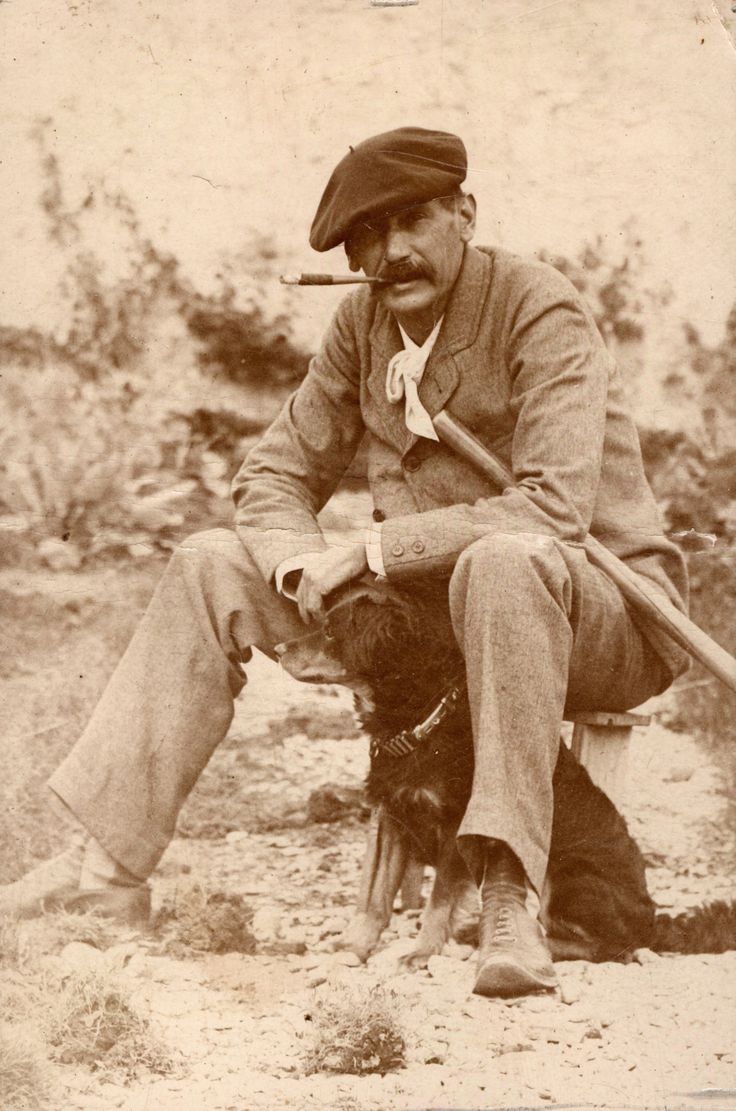|
Miss Ravenel's Conversion From Secession To Loyalty
''Miss Ravenel's Conversion from Secession to Loyalty'' (1867) is an American Civil War novel by veteran John William De Forest. Overview As a captain of the Twelfth Connecticut Volunteers, De Forest had seen action in the Civil War in Louisiana in 1862 and in the Shenendoah Valley campaign in 1864 before being discharged for health problems.Kellison, Kimberly R. "John William De Forest" in ''Encyclopedia of the Reconstruction Era'', Zuczek, Richard (editor). Westport, CT: Greenwood Press, 2006: Vol. I, p. 191. He published ''Miss Ravenel's Conversion from Secession to Loyalty'' in 1867 as a critique of slaveholding Southern society. In contrast to much of the Civil War fiction that had gone before it, ''Miss Ravenel's Conversion'' portrayed war not in the chivalric, idealized manner of Walter Scott, but as a bloody and inglorious hell. Though William Dean Howells praised DeForest as a " realist before realism was named", most critics have argued that the Romantic Romantic ... [...More Info...] [...Related Items...] OR: [Wikipedia] [Google] [Baidu] |
American Civil War
The American Civil War (April 12, 1861 – May 26, 1865; also known by other names) was a civil war in the United States. It was fought between the Union ("the North") and the Confederacy ("the South"), the latter formed by states that had seceded. The central cause of the war was the dispute over whether slavery would be permitted to expand into the western territories, leading to more slave states, or be prevented from doing so, which was widely believed would place slavery on a course of ultimate extinction. Decades of political controversy over slavery were brought to a head by the victory in the 1860 U.S. presidential election of Abraham Lincoln, who opposed slavery's expansion into the west. An initial seven southern slave states responded to Lincoln's victory by seceding from the United States and, in 1861, forming the Confederacy. The Confederacy seized U.S. forts and other federal assets within their borders. Led by Confederate President Jefferson ... [...More Info...] [...Related Items...] OR: [Wikipedia] [Google] [Baidu] |
John William De Forest
John William De Forest (May 31, 1826 – July 17, 1906) was an American soldier and writer of literary realism, best known for his Civil War novel ''Miss Ravenel's Conversion from Secession to Loyalty''. He also coined the term for the Great American Novel, one which would embody the country in one text. Biography Early life and career De Forest was born in Seymour, Connecticut, (then called Humphreysville), the son of a prosperous cotton manufacturer. He did not attend college, but instead pursued independent studies, mainly abroad, where he was a student in Latin, and became a fluent speaker of French, Italian, and Spanish. While yet a youth, he spent four years traveling in Europe, and two years in the Levant, residing chiefly in Syria. In 1850, he again visited Europe, making extensive tours through Great Britain, France, Italy, Germany, Greece, and Asia Minor. From that time, he wrote short stories for periodicals, having already authored several books. One of his earliest ... [...More Info...] [...Related Items...] OR: [Wikipedia] [Google] [Baidu] |
Chivalry
Chivalry, or the chivalric code, is an informal and varying code of conduct developed in Europe between 1170 and 1220. It was associated with the medieval Christian institution of knighthood; knights' and gentlemen's behaviours were governed by chivalrous social codes. The ideals of chivalry were popularized in medieval literature, particularly the literary cycles known as the Matter of France, relating to the legendary companions of Charlemagne and his men-at-arms, the paladins, and the Matter of Britain, informed by Geoffrey of Monmouth's '' Historia Regum Britanniae'', written in the 1130s, which popularized the legend of King Arthur and his knights of the Round Table. All of these were taken as historically accurate until the beginnings of modern scholarship in the 19th century. The code of chivalry that developed in medieval Europe had its roots in earlier centuries. It arose in the Carolingian Empire from the idealisation of the cavalryman—involving military ... [...More Info...] [...Related Items...] OR: [Wikipedia] [Google] [Baidu] |
Walter Scott
Sir Walter Scott, 1st Baronet (15 August 1771 – 21 September 1832), was a Scottish novelist, poet, playwright and historian. Many of his works remain classics of European and Scottish literature, notably the novels ''Ivanhoe'', '' Rob Roy'', '' Waverley'', '' Old Mortality'', ''The Heart of Mid-Lothian'' and '' The Bride of Lammermoor'', and the narrative poems '' The Lady of the Lake'' and '' Marmion''. He had a major impact on European and American literature. As an advocate, judge and legal administrator by profession, he combined writing and editing with daily work as Clerk of Session and Sheriff-Depute of Selkirkshire. He was prominent in Edinburgh's Tory establishment, active in the Highland Society, long a president of the Royal Society of Edinburgh (1820–1832), and a vice president of the Society of Antiquaries of Scotland (1827–1829). His knowledge of history and literary facility equipped him to establish the historical novel genre as an exemplar of Eur ... [...More Info...] [...Related Items...] OR: [Wikipedia] [Google] [Baidu] |
William Dean Howells
William Dean Howells (; March 1, 1837 – May 11, 1920) was an American realist novelist, literary critic, and playwright, nicknamed "The Dean of American Letters". He was particularly known for his tenure as editor of ''The Atlantic Monthly'', as well as for his own prolific writings, including the Christmas story "Christmas Every Day" and the novels '' The Rise of Silas Lapham'' and ''A Traveler from Altruria''. Biography Early life and family William Dean Howells was born on March 1, 1837, in Martinsville, Ohio (now known as Martins Ferry, Ohio), to William Cooper Howells and Mary Dean Howells, the second of eight children. His father was a newspaper editor and printer who moved frequently around Ohio. In 1840, the family settled in Hamilton, Ohio,Lynn, 36 where his father oversaw a Whig newspaper and followed Swedenborgianism. Their nine years there were the longest period that they stayed in one place. The family had to live frugally, although the young Howells was encour ... [...More Info...] [...Related Items...] OR: [Wikipedia] [Google] [Baidu] |
Literary Realism
Literary realism is a literary genre, part of the broader realism in arts, that attempts to represent subject-matter truthfully, avoiding speculative fiction and supernatural elements. It originated with the realist art movement that began with mid- nineteenth-century French literature (Stendhal) and Russian literature (Alexander Pushkin). Literary realism attempts to represent familiar things as they are. Realist authors chose to depict everyday and banal activities and experiences. Background Broadly defined as "the representation of reality", realism in the arts is the attempt to represent subject matter truthfully, without artificiality and avoiding artistic conventions, as well as implausible, exotic and supernatural elements. Realism has been prevalent in the arts at many periods, and is in large part a matter of technique and training, and the avoidance of stylization. In the visual arts, illusionistic realism is the accurate depiction of lifeforms, perspective, and th ... [...More Info...] [...Related Items...] OR: [Wikipedia] [Google] [Baidu] |
Romanticism
Romanticism (also known as the Romantic movement or Romantic era) was an artistic, literary, musical, and intellectual movement that originated in Europe towards the end of the 18th century, and in most areas was at its peak in the approximate period from 1800 to 1850. Romanticism was characterized by its emphasis on emotion and individualism, clandestine literature, paganism, idealization of nature, suspicion of science and industrialization, and glorification of the past with a strong preference for the medieval rather than the classical. It was partly a reaction to the Industrial Revolution, the social and political norms of the Age of Enlightenment, and the scientific rationalization of nature. It was embodied most strongly in the visual arts, music, and literature, but had a major impact on historiography, education, chess, social sciences, and the natural sciences. It had a significant and complex effect on politics, with romantic thinkers influencing conservatism, ... [...More Info...] [...Related Items...] OR: [Wikipedia] [Google] [Baidu] |
Stephen Crane
Stephen Crane (November 1, 1871 – June 5, 1900) was an American poet, novelist, and short story writer. Prolific throughout his short life, he wrote notable works in the Realist tradition as well as early examples of American Naturalism and Impressionism. He is recognized by modern critics as one of the most innovative writers of his generation. The ninth surviving child of Methodist parents, Crane began writing at the age of four and had several articles published by the age of 16. Having little interest in university studies though he was active in a fraternity, he left Syracuse University in 1891 to work as a reporter and writer. Crane's first novel was the 1893 Bowery tale '' Maggie: A Girl of the Streets'', generally considered by critics to be the first work of American literary Naturalism. He won international acclaim in 1895 for his Civil War novel '' The Red Badge of Courage'', which he wrote without having any battle experience. In 1896, Crane endured a high ... [...More Info...] [...Related Items...] OR: [Wikipedia] [Google] [Baidu] |
The Red Badge Of Courage
''The Red Badge of Courage'' is a war novel by American author Stephen Crane (1871–1900). Taking place during the American Civil War, the story is about a young private of the Union Army, Henry Fleming, who flees from the field of battle. Overcome with shame, he longs for a wound, a "red badge of courage," to counteract his cowardice. When his regiment once again faces the enemy, Henry acts as flag-bearer, carrying the regimental colors. Although Crane was born after the war, and had not at the time experienced battle first-hand, the novel is known for its realism and naturalism. He began writing what would become his second novel in 1894, using various contemporary and written accounts (such as those published previously by '' Century Magazine'') as inspiration. It is believed that he based the fictional battle on that of Chancellorsville; he may also have interviewed veterans of the 124th New York Volunteer Infantry Regiment, commonly known as the Orange Blossoms. Initi ... [...More Info...] [...Related Items...] OR: [Wikipedia] [Google] [Baidu] |
1867 American Novels
Events January–March * January 1 – The Covington–Cincinnati Suspension Bridge opens between Cincinnati, Ohio, and Covington, Kentucky, in the United States, becoming the longest single-span bridge in the world. It was renamed after its designer, John A. Roebling, in 1983. * January 8 – African-American men are granted the right to vote in the District of Columbia. * January 11 – Benito Juárez becomes Mexican president again. * January 30 – Emperor Kōmei of Japan dies suddenly, age 36, leaving his 14-year-old son to succeed as Emperor Meiji. * January 31 – Maronite nationalist leader Youssef Bey Karam leaves Lebanon aboard a French ship for Algeria. * February 3 – ''Shōgun'' Tokugawa Yoshinobu abdicates, and the late Emperor Kōmei's son, Prince Mutsuhito, becomes Emperor Meiji of Japan in a brief ceremony in Kyoto, ending the Late Tokugawa shogunate. * February 7 – West Virginia University is established in Morgantown, West Virginia. * February 1 ... [...More Info...] [...Related Items...] OR: [Wikipedia] [Google] [Baidu] |







